Have you ever wondered if your cat remembers that one terrifying trip to the vet, or if she still feels sad after losing a feline friend? The idea that cats can carry emotional pain is both fascinating and heartbreaking. For many cat lovers, it’s easy to see the spark of feeling in those bright, mysterious eyes. But what’s really happening beneath the surface when cats experience something difficult or traumatic? Let’s take a deep and emotional journey into the secret world of feline feelings.
The Silent Suffering: How Cats Experience Pain
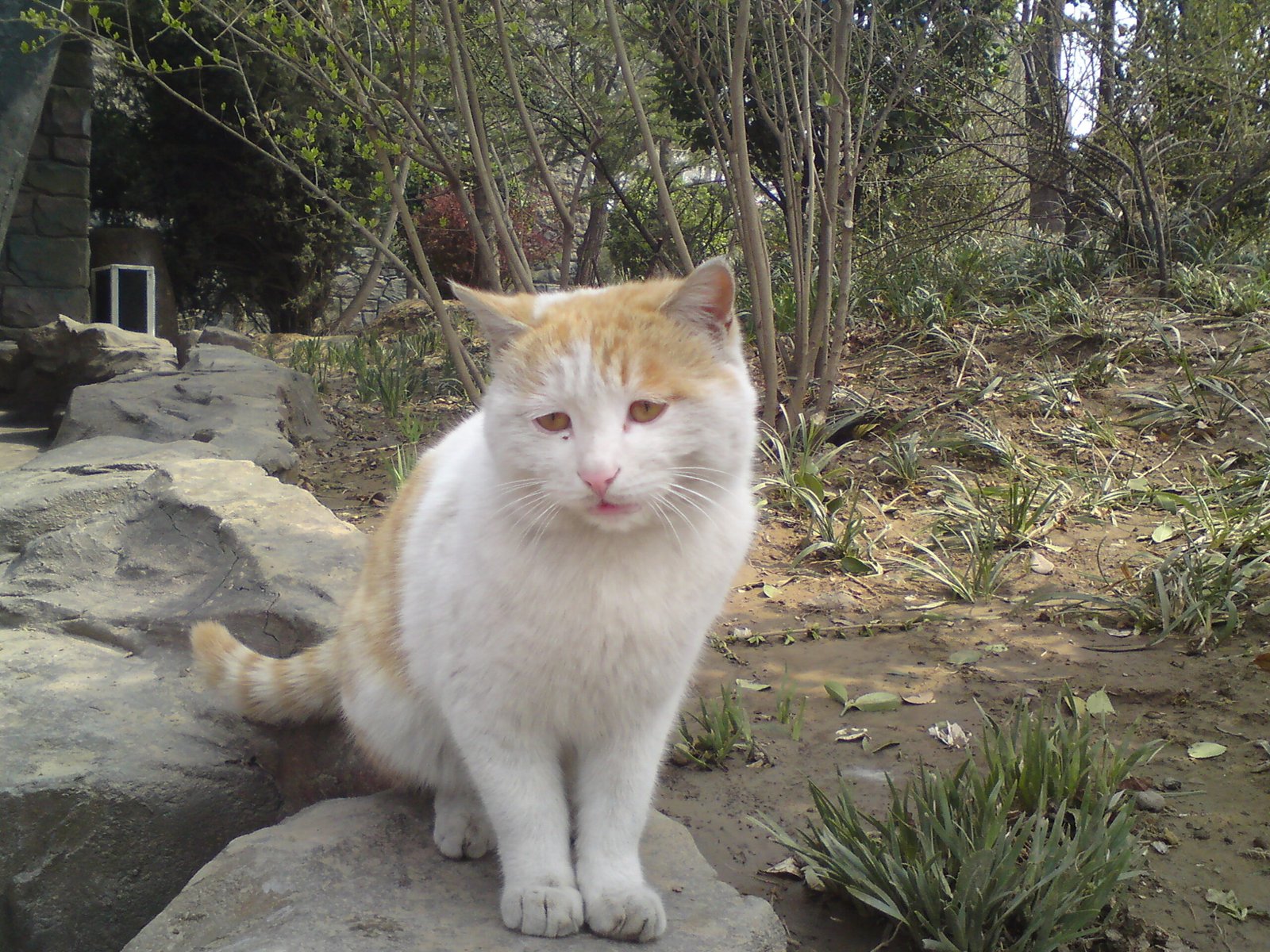
Cats are famous for their mysterious ways, but when it comes to pain—emotional or physical—they’re masters at hiding it. Unlike dogs, who may whimper or seek comfort, cats often retreat into themselves. They may simply disappear for hours, or become unusually quiet. This silent suffering can make it hard for owners to realize when their cat is in distress. Imagine feeling sad and not being able to say a word about it—that’s what cats go through. Their stoic nature is both a survival tactic and a barrier, making emotional pain difficult to detect. It’s important to look for subtle changes in behavior, as these are often the only clues we get.
Memories That Linger: Do Cats Remember Trauma?

Scientific studies and countless stories from cat owners suggest that cats do remember traumatic events. Whether it’s getting stuck in a carrier or losing a beloved companion, these memories can stick. Just like people who shudder at the memory of a bad experience, cats sometimes react with fear or anxiety when faced with reminders of past trauma. Some cats may avoid a certain room, or hide when they hear a sound that reminds them of a frightening day. This lingering memory reveals just how deeply emotional pain can take root in their minds.
Attachment and Loss: Grieving in Cats

If you’ve ever had two cats who were close, you may have witnessed what looks like grief when one passes away. Cats can form strong social bonds, not just with humans but with fellow pets too. When a companion disappears, the remaining cat may search for them, show less interest in food, or sleep more than usual. These are all signs of mourning, a powerful emotion that lingers long after loss. The pain of absence can change a cat’s behavior for weeks or even months, showing just how much emotional pain they can carry.
Fearful Reactions: The Lasting Impact of Scary Moments

A single terrifying event—a thunderstorm, a barking dog, or a rough trip to the vet—can leave its mark on a cat’s psyche. Some cats develop long-lasting fears, reacting with panic to seemingly harmless triggers. For example, a cat who was frightened by loud noises as a kitten may always hide during storms. This kind of persistent fear suggests that emotional pain can shape a cat’s entire outlook on life. The depth of this reaction is often surprising, revealing just how much emotional baggage cats can carry.
Changes in Behavior: The Clues Left Behind

Cats rarely show pain in obvious ways. Instead, they might stop playing, refuse their favorite food, or avoid the people they once loved. Behavioral changes are one of the most reliable signs that something is wrong emotionally. It can be as subtle as a change in grooming habits, or as drastic as aggressive outbursts. These shifts are the breadcrumbs that lead us to the hidden pain a cat might be feeling. Paying attention to these clues is crucial for understanding their emotional state.
Physical Symptoms: When Stress Shows on the Body

Emotional pain can manifest physically in cats, just as it does in humans. Stress and sadness might cause a cat to eat less, lose weight, or even develop health problems like urinary issues or digestive troubles. Some cats over-groom until bald spots appear, while others will barely clean themselves at all. These physical symptoms are more than just medical concerns—they’re a cry for help from a cat who’s hurting inside. Recognizing the link between emotional and physical health is key for cat owners.
The Importance of Environment: Safe Spaces for Healing
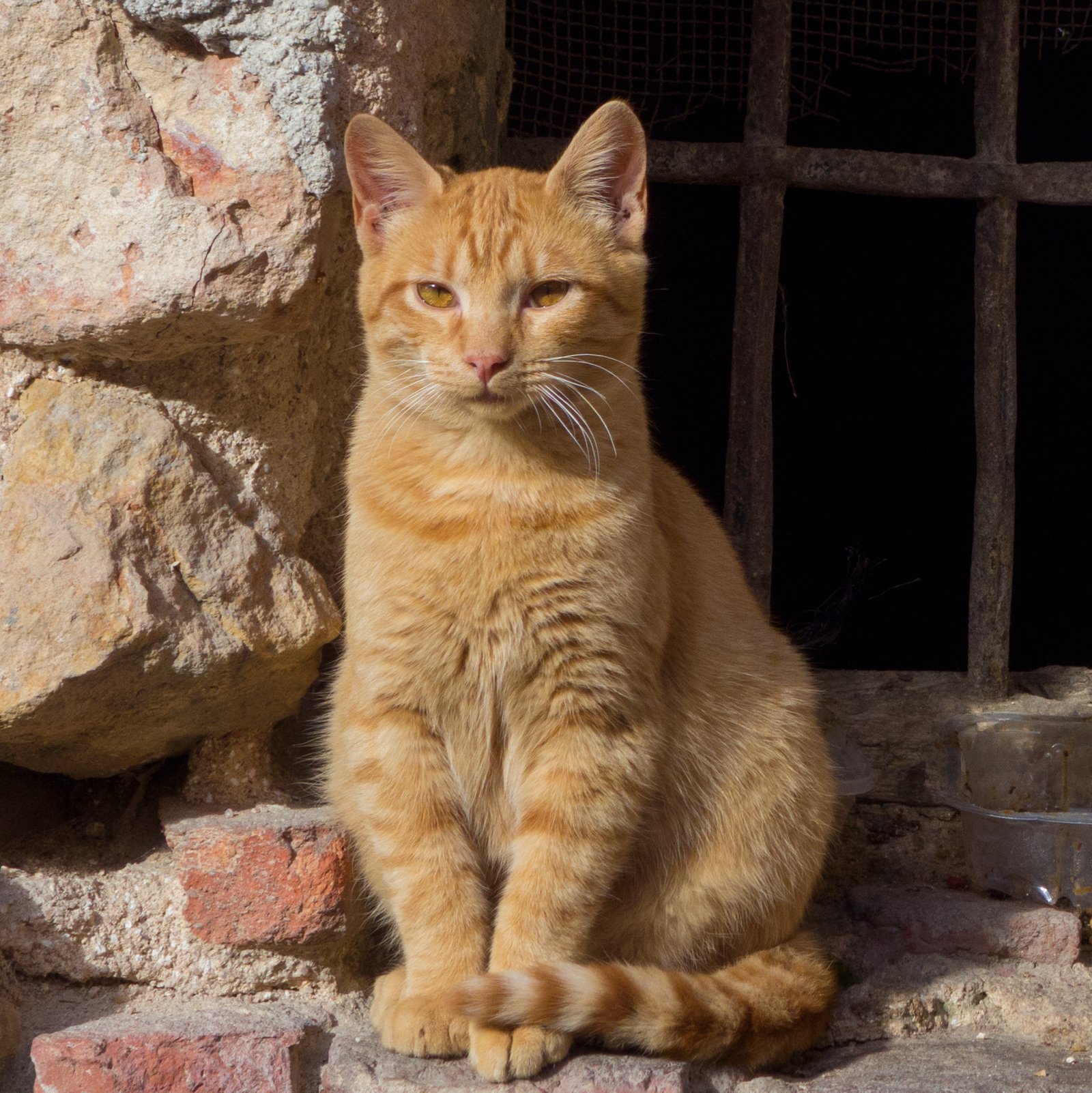
A cat’s environment plays a huge role in how they process emotional pain. A safe, comfortable home filled with familiar smells and cozy hiding spots can make a world of difference. Changes like moving houses or bringing in new pets can be deeply upsetting, making it harder for cats to heal from emotional wounds. Just like people need a secure place to recover from heartbreak, cats need gentle, consistent surroundings to feel safe again. Creating this environment is not just kind—it’s essential.
Human Connection: Can Owners Help Soothe Pain?

The bond between a cat and their owner can be a powerful tool in healing emotional wounds. Gentle touch, soothing words, and simply being present can all help ease a cat’s suffering. Many cats seek out their favorite person when they’re feeling low, looking for comfort and security. Sometimes, just sitting quietly beside them can make a huge difference. Knowing that they’re not alone in their pain is often the first step toward recovery.
Long-Term Emotional Scars: Can Cats Move On?
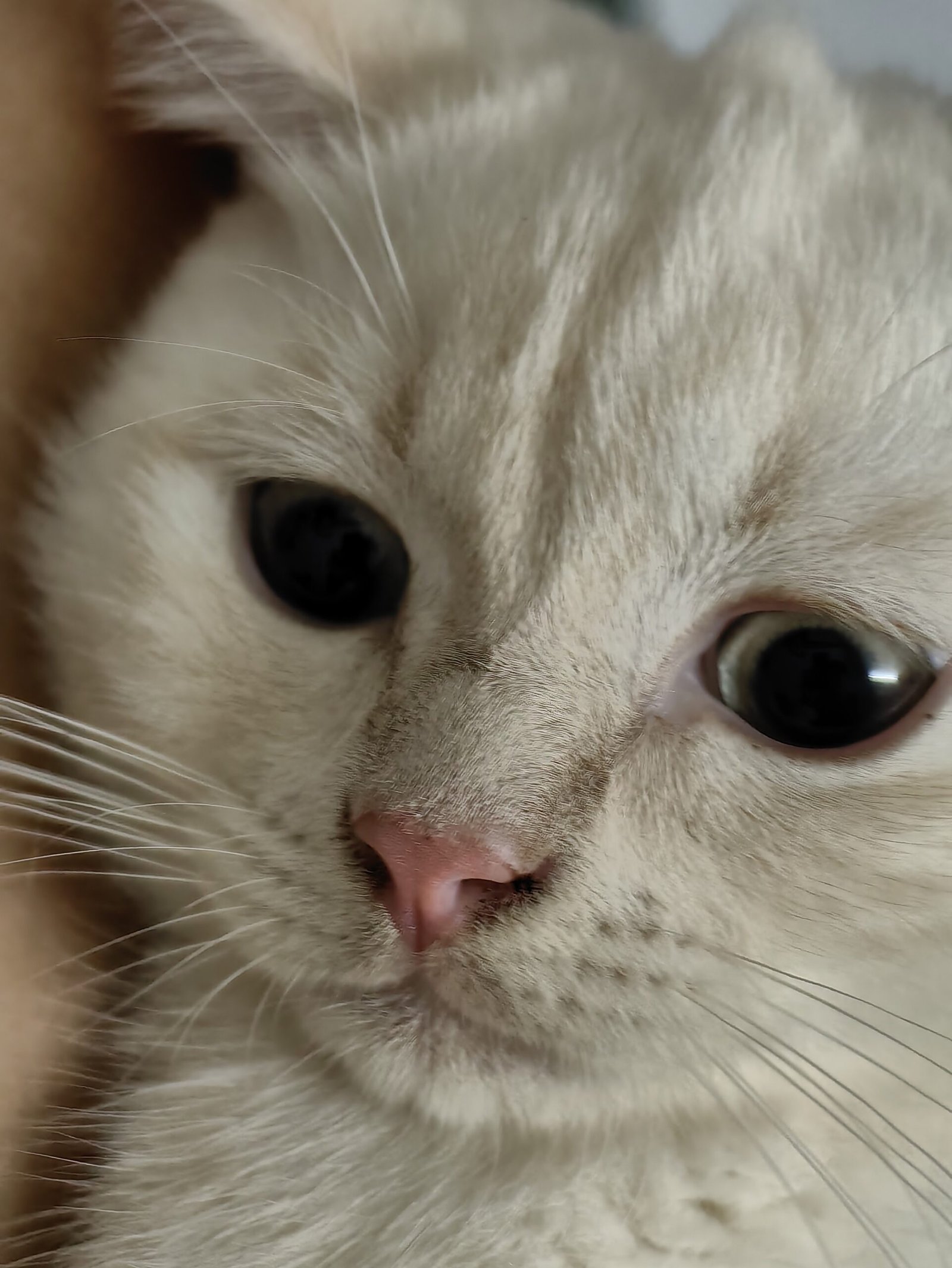
Some cats are able to bounce back from emotional pain, while others carry scars for years. The difference often comes down to personality and the support they receive. Cats who are naturally more anxious may struggle to let go of bad experiences, while more confident cats might recover more quickly. Still, even the most resilient cat can be haunted by difficult memories. Recognizing that healing is a journey, not a destination, is important for anyone caring for a cat who’s been through tough times.
Adoption Stories: The Weight of a Difficult Past
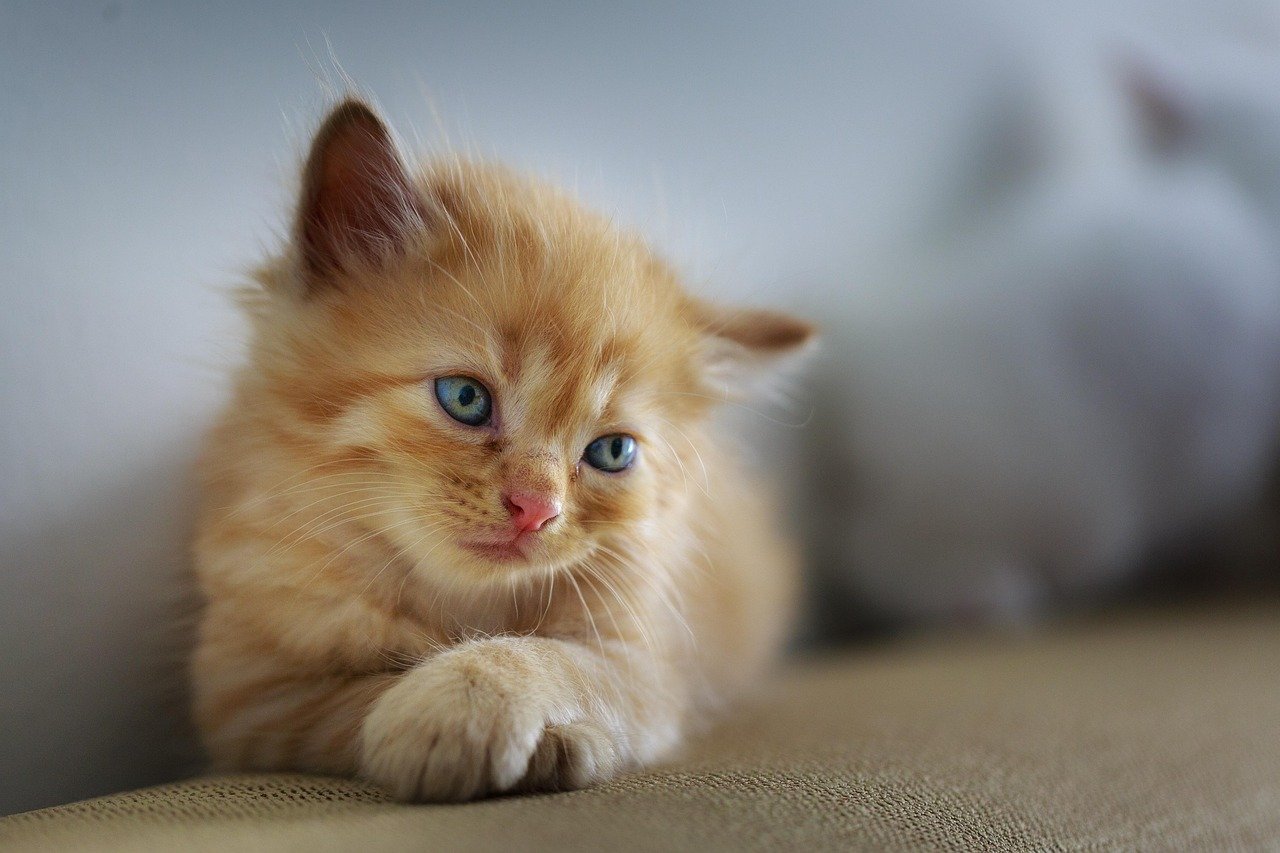
Adopted cats often come with stories that are impossible to know in full. Many have faced neglect, abandonment, or abuse before finding a loving home. These early experiences can shape their behavior for years, making trust and comfort hard to achieve. Adopters often notice that their new feline friend is shy, fearful, or slow to accept affection. This is a sign of the emotional pain they carry—a reminder that love and patience are needed to help them heal.
Socialization and Early Life: The Roots of Emotional Resilience
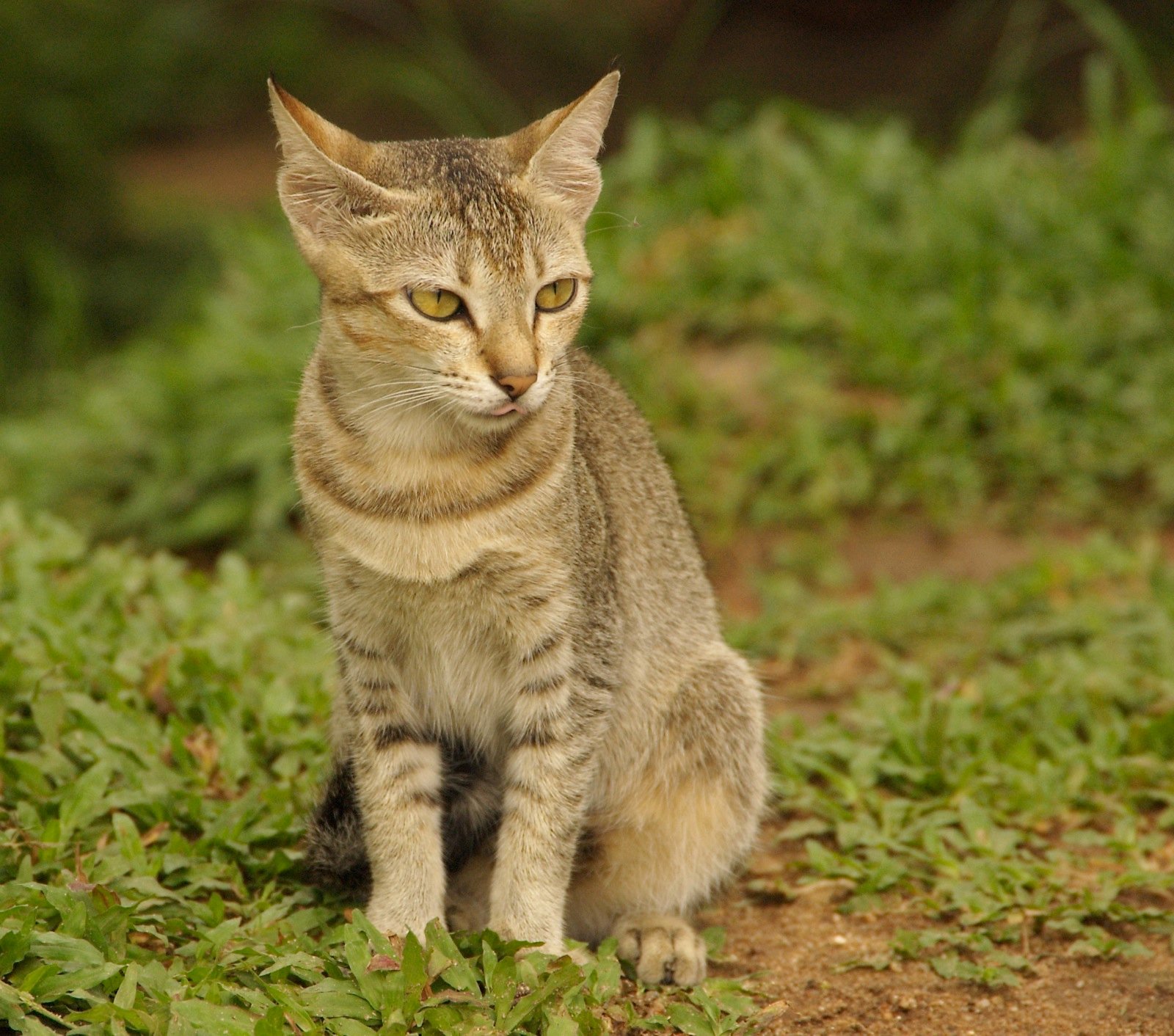
A cat’s upbringing has a profound impact on their ability to handle emotional pain. Kittens who are well-socialized and exposed to gentle handling early in life tend to be more resilient. Those who grow up isolated or mistreated may struggle with fear and anxiety well into adulthood. The first months of life set the stage for how a cat will relate to the world and recover from setbacks. A nurturing start lays the foundation for emotional health.
Medical Interventions: When Is Professional Help Needed?
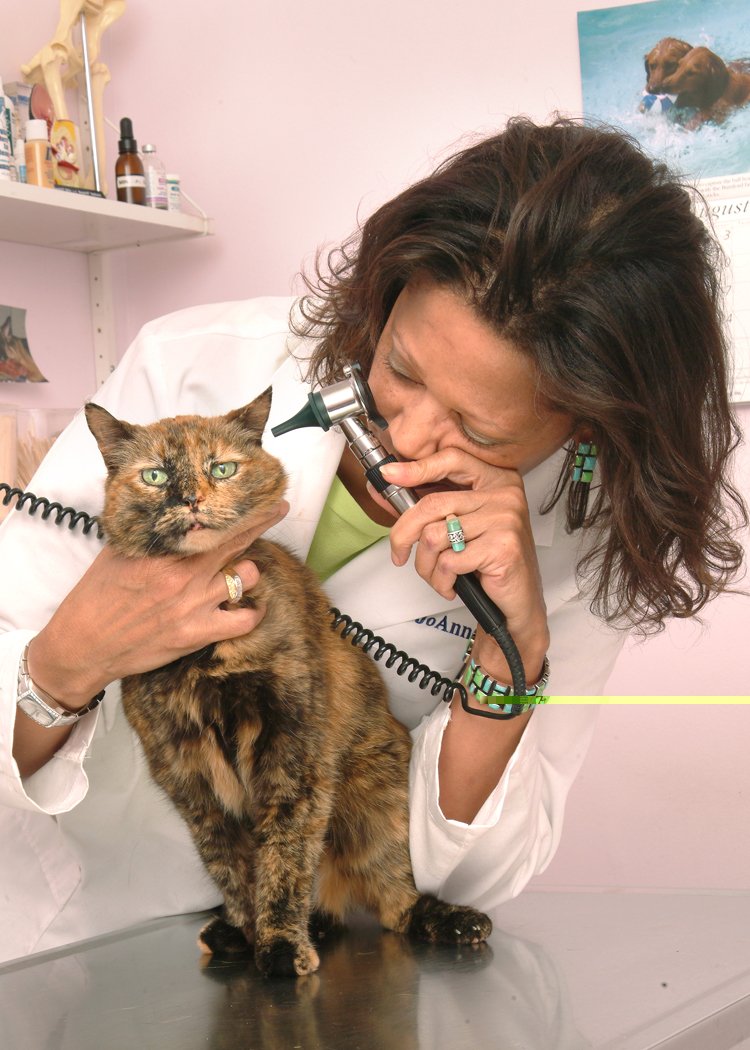
Sometimes, emotional pain in cats is so severe that professional help is necessary. Vets and animal behaviorists can offer guidance on managing anxiety, depression, or trauma-related behaviors. In some cases, medication or specialized therapy may be needed to help a cat cope. It’s not a sign of failure to seek help—quite the opposite. Recognizing when a cat needs more than love and patience can make all the difference in their recovery.
Communication Breakdown: Understanding Feline Signals

Cats communicate their feelings in subtle ways—through body language, vocalizations, and even the position of their tail. Owners who learn to read these signals are better equipped to spot emotional distress. A swishing tail, flattened ears, or a mournful meow can be cries for attention or signs of pain. Understanding this silent language is a powerful way to support a cat through difficult times, and to build a deeper, more empathetic connection.
Companionship: The Healing Power of Other Pets

Sometimes, the best medicine for a grieving or anxious cat is the company of another animal. New friendships can help ease loneliness and provide comfort in times of distress. Cats who form strong bonds with other pets often recover more quickly from loss or trauma. Introducing a new companion should be done with care, but the rewards can be enormous—a living reminder that joy and love are always possible, even after pain.
Routine and Predictability: Anchors in a Storm

Cats thrive on routine, and changes to their daily life can trigger anxiety or sadness. Keeping feeding times, play sessions, and quiet hours consistent gives cats a sense of security. This predictability helps them process difficult emotions and makes it easier to regain their footing after something upsetting. Like a familiar song in a scary world, routine offers comfort when everything else feels uncertain.
Play Therapy: The Joyful Path to Recovery
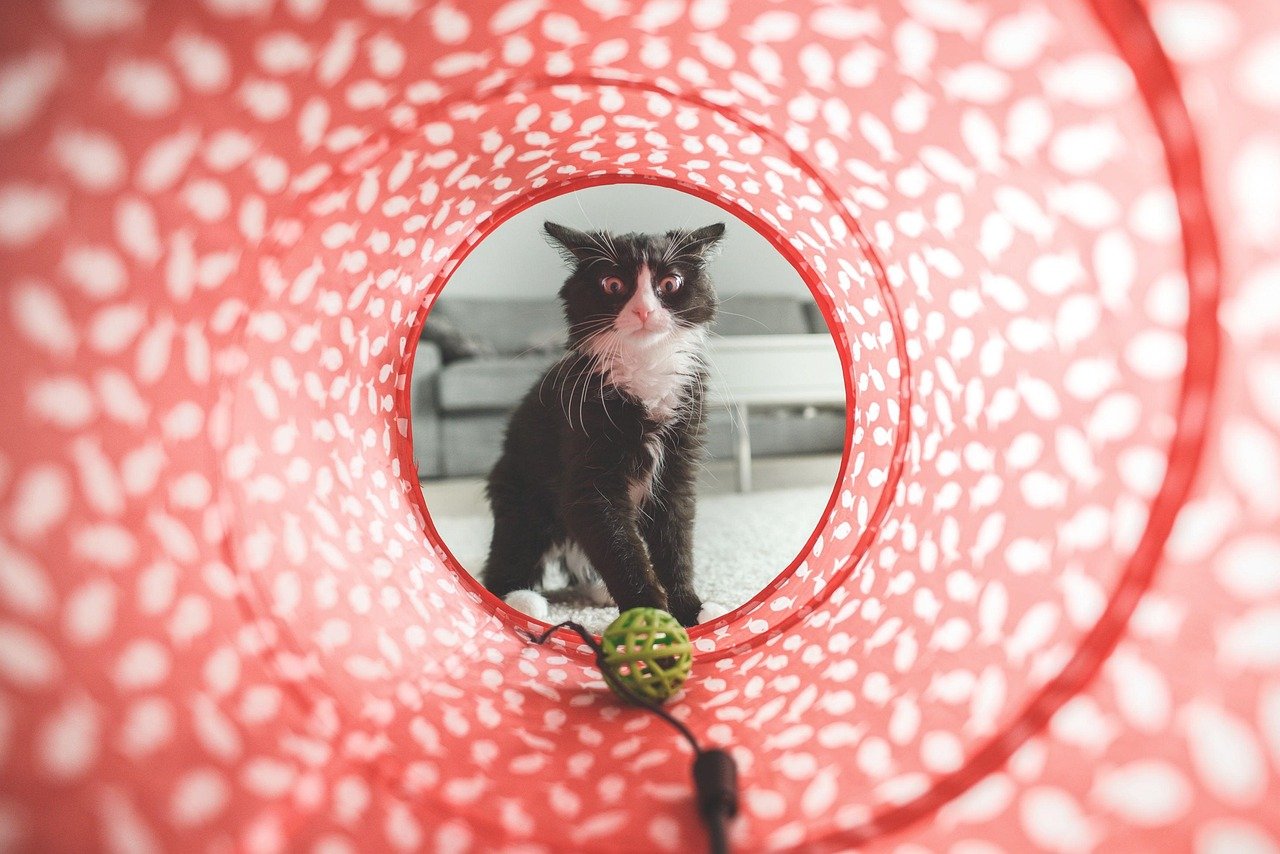
Play isn’t just fun for cats—it’s also a powerful form of therapy. Interactive toys, puzzle feeders, and gentle games can help distract a cat from their worries and rebuild confidence. Play stimulates both mind and body, releasing stress and encouraging positive emotions. For cats dealing with emotional pain, these moments of joy are tiny victories—reminders that happiness is still within reach.
Nutrition and Health: Fueling Emotional Wellbeing

A cat’s diet has a direct impact on their emotional health. Proper nutrition supports the brain and body, making it easier to cope with stress and heal from trauma. Cats who are undernourished or fed a poor diet may be more prone to anxiety and depression. Ensuring that a cat gets all the nutrients they need is a simple but powerful way to support their emotional recovery.
Patience and Time: The Keys to Healing
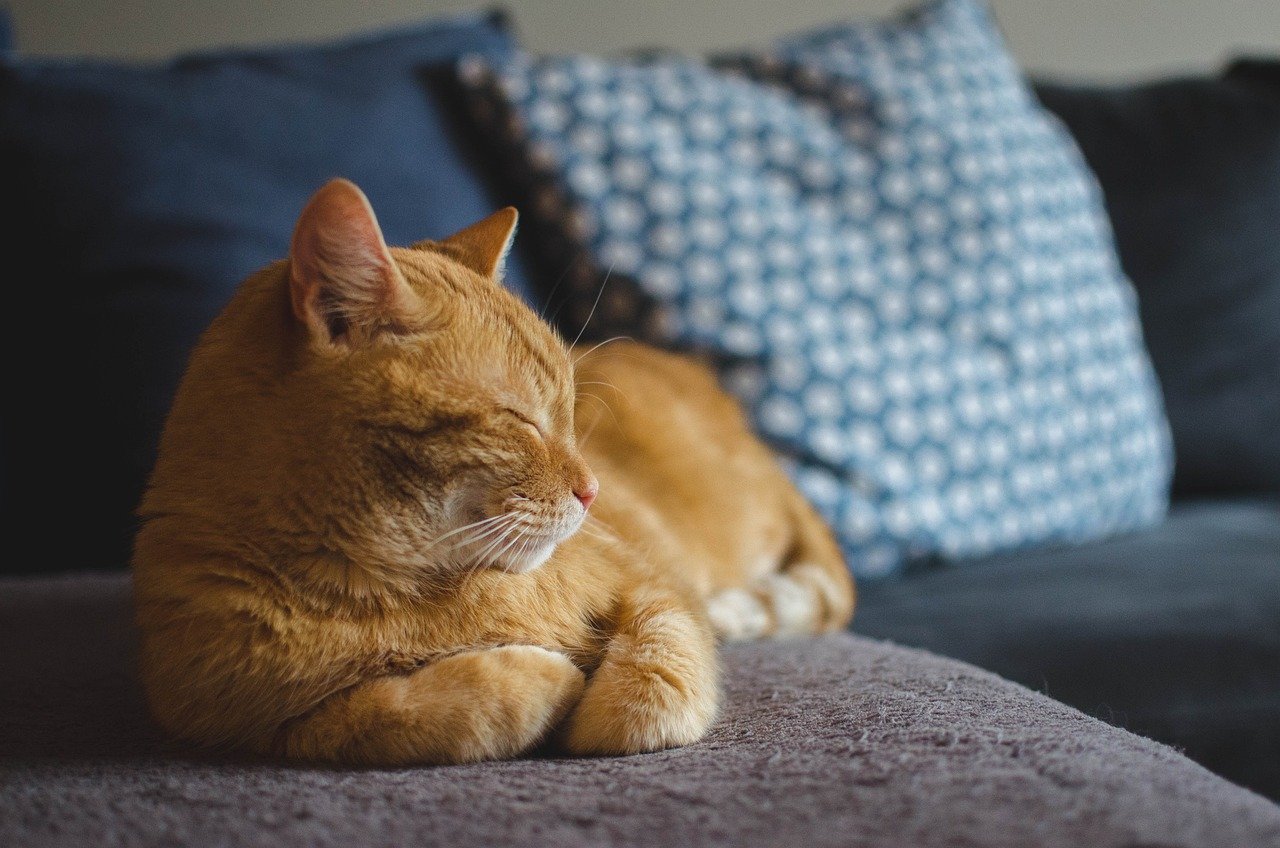
Healing emotional pain in cats often requires more patience than most people expect. There’s no quick fix—just gentle support and the passage of time. Some days will be better than others, and setbacks are part of the process. But with steady love and understanding, most cats will eventually find their way back to happiness. Remember, every small step forward is a victory worth celebrating.
Respecting Boundaries: Allowing Cats to Grieve

Cats need space to process their emotions, and it’s important for owners to respect their boundaries. Forcing affection or pushing a cat to “move on” can make things worse. Give your cat time to grieve, and let them set the pace for healing. Sometimes, the best thing you can do is simply be there—quiet, patient, and ready to offer comfort when they’re ready to accept it.
Celebrating Resilience: The Strength of the Feline Spirit
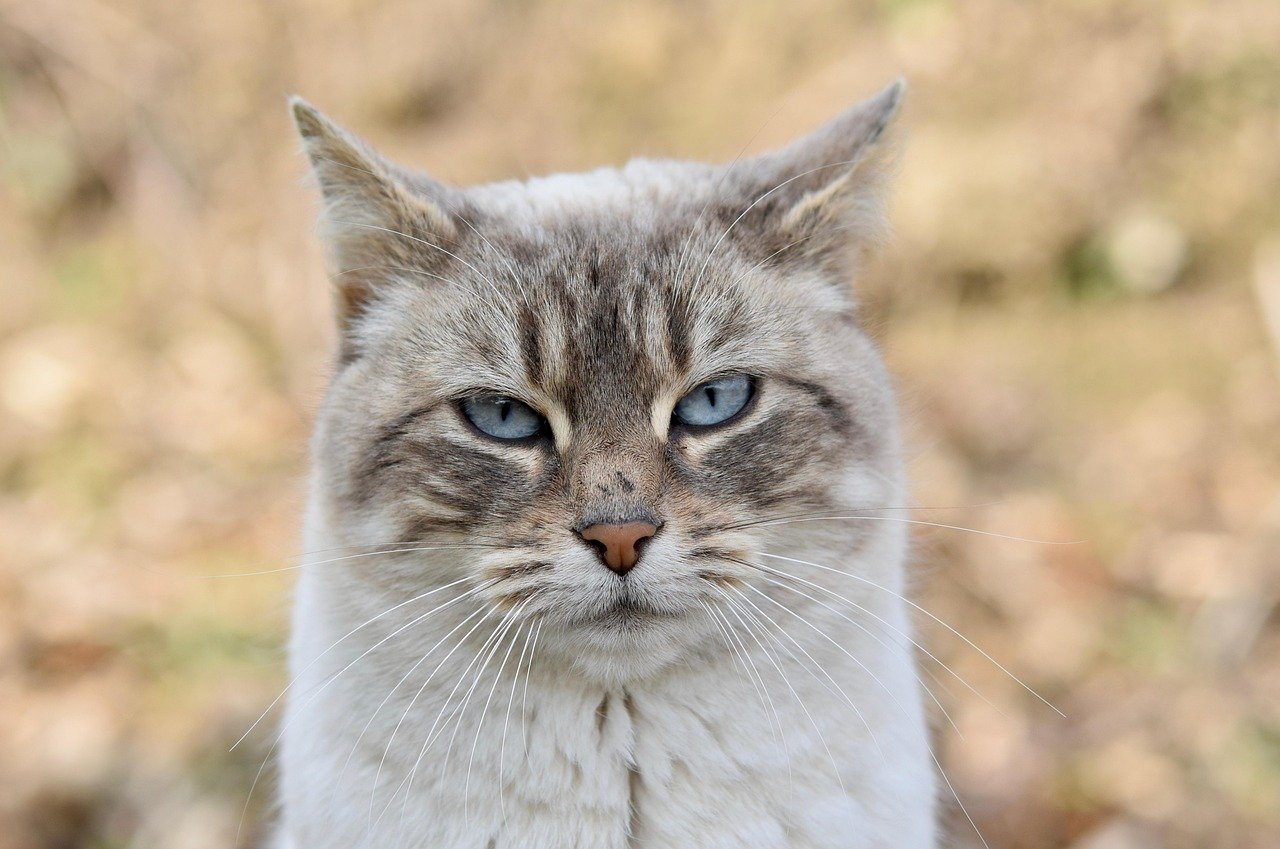
Despite the emotional pain they may carry, cats are incredibly resilient creatures. Their ability to adapt, heal, and rediscover joy is nothing short of inspiring. Every cat who overcomes hardship is a testament to the strength of the feline spirit. When we recognize and support their emotional needs, we become part of that incredible journey.
The Unspoken Bond: Why Understanding Matters

Understanding that cats can hold onto emotional pain changes the way we care for them. It deepens the bond between human and animal, bringing empathy and compassion into every interaction. When we see our cats not just as pets, but as feeling beings with complex inner lives, we give them the respect and love they deserve.
Hi, I’m Bola, a passionate writer and creative strategist with a knack for crafting compelling content that educates, inspires, and connects. Over the years, I’ve honed my skills across various writing fields, including content creation, copywriting, online course development, and video scriptwriting.
When I’m not at my desk, you’ll find me exploring new ideas, reading books, or brainstorming creative ways to solve challenges. I believe that words have the power to transform, and I’m here to help you leverage that power for success.
Thanks for stopping by, Keep coming to this website to checkout new articles form me. You’d always love it!






